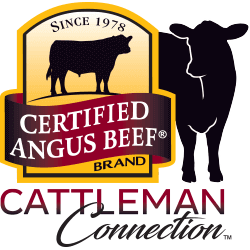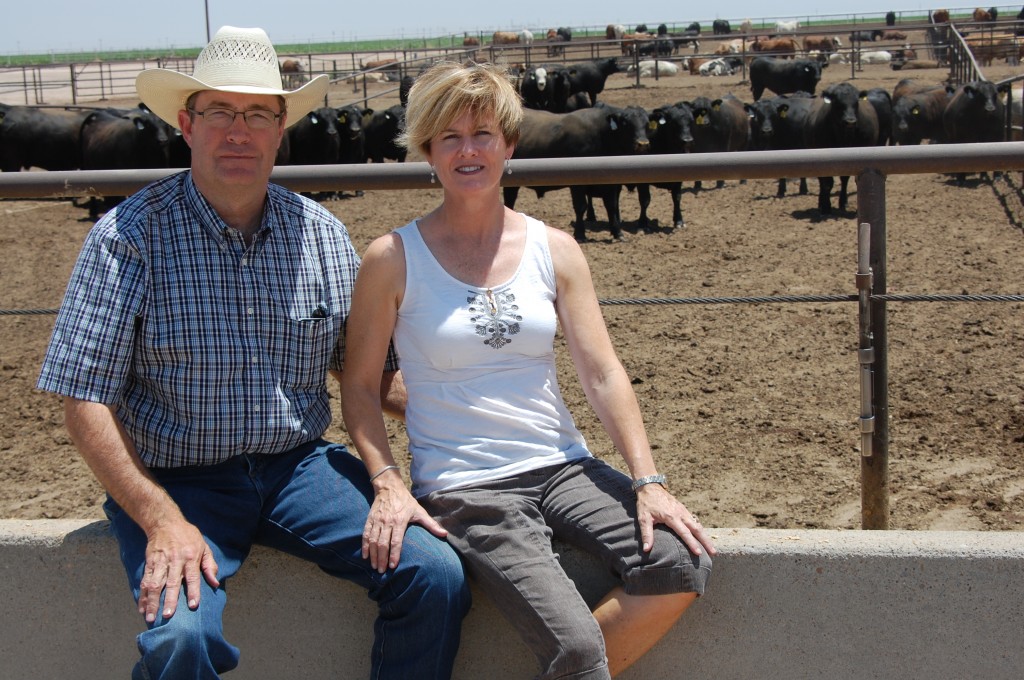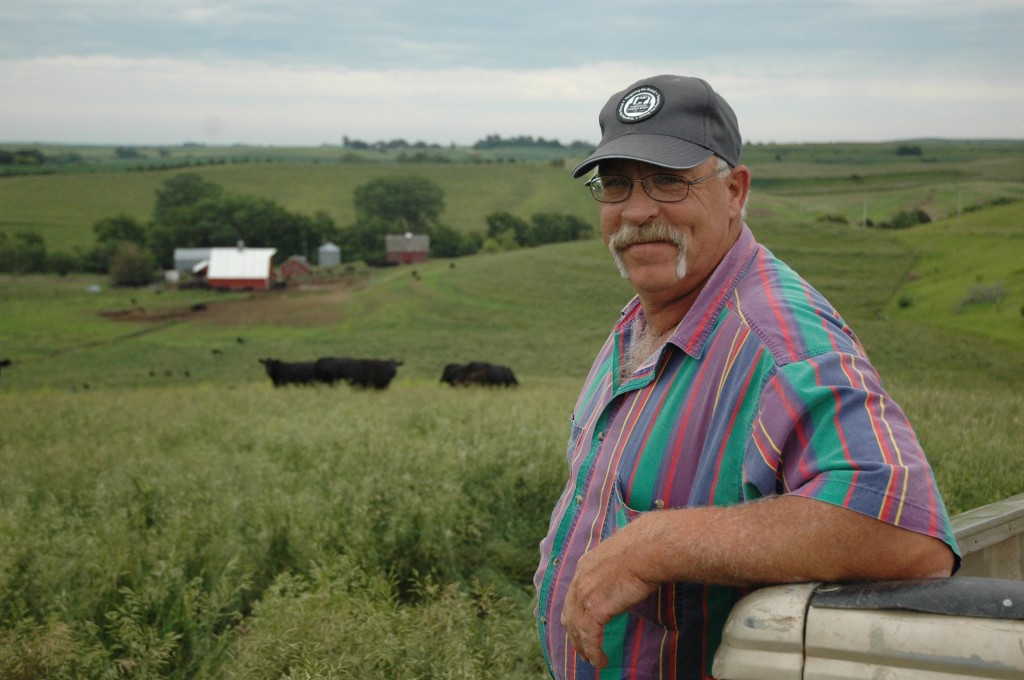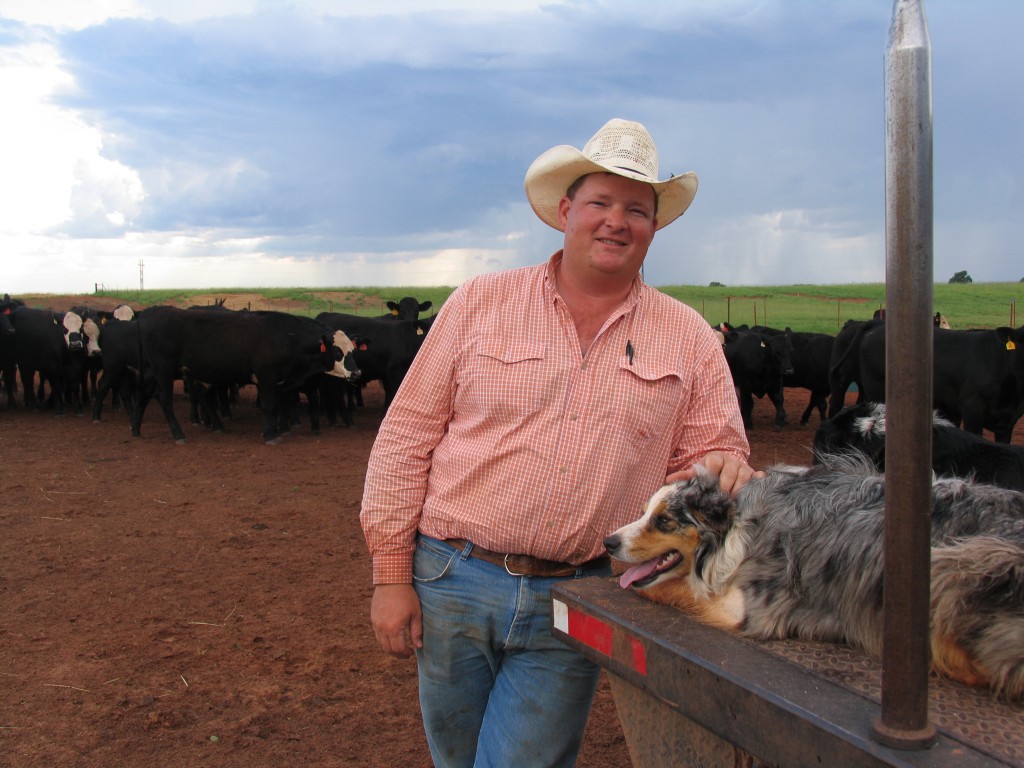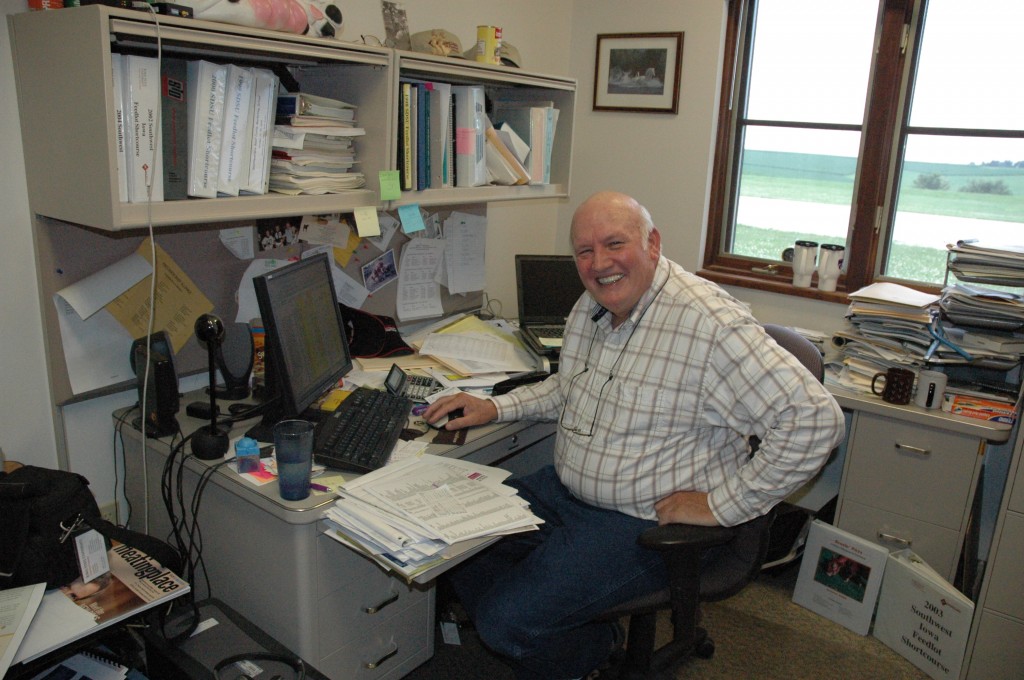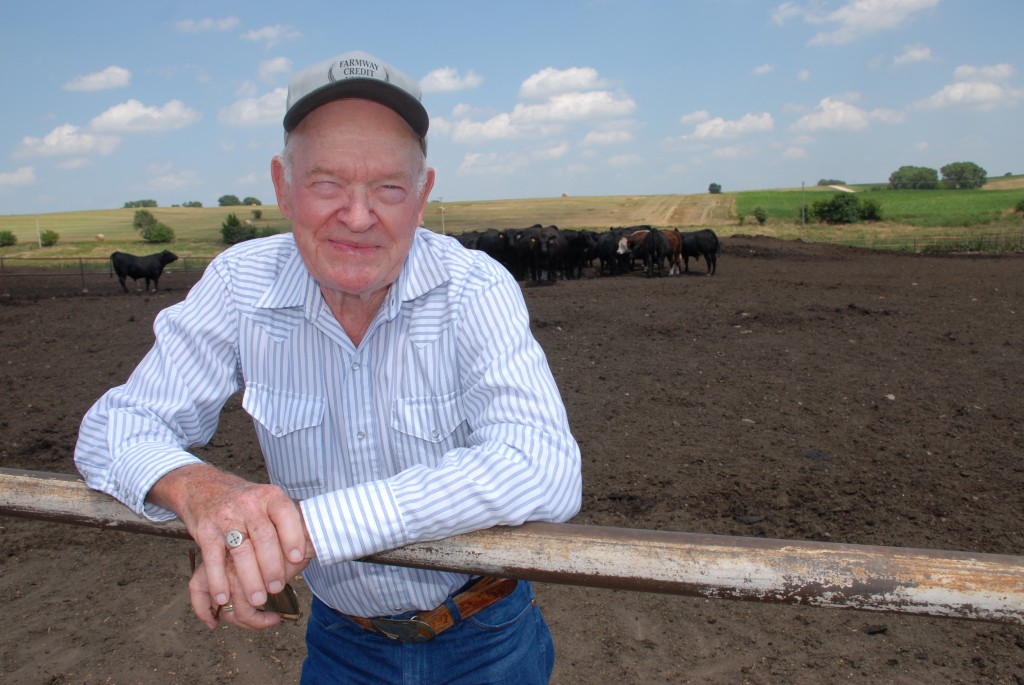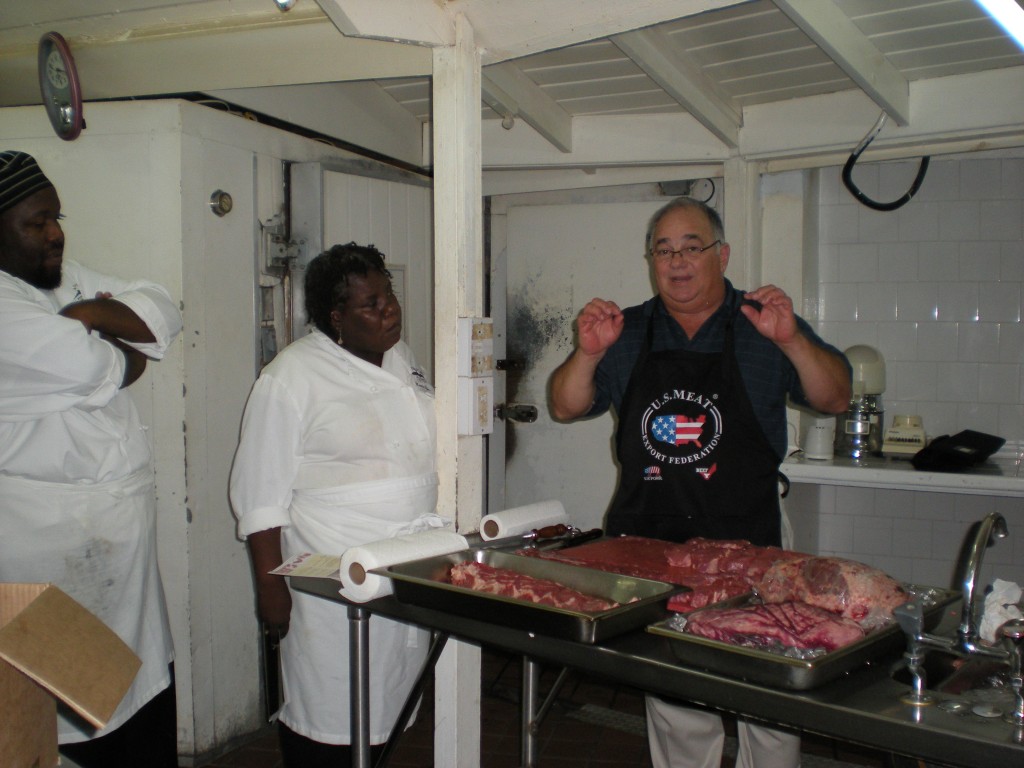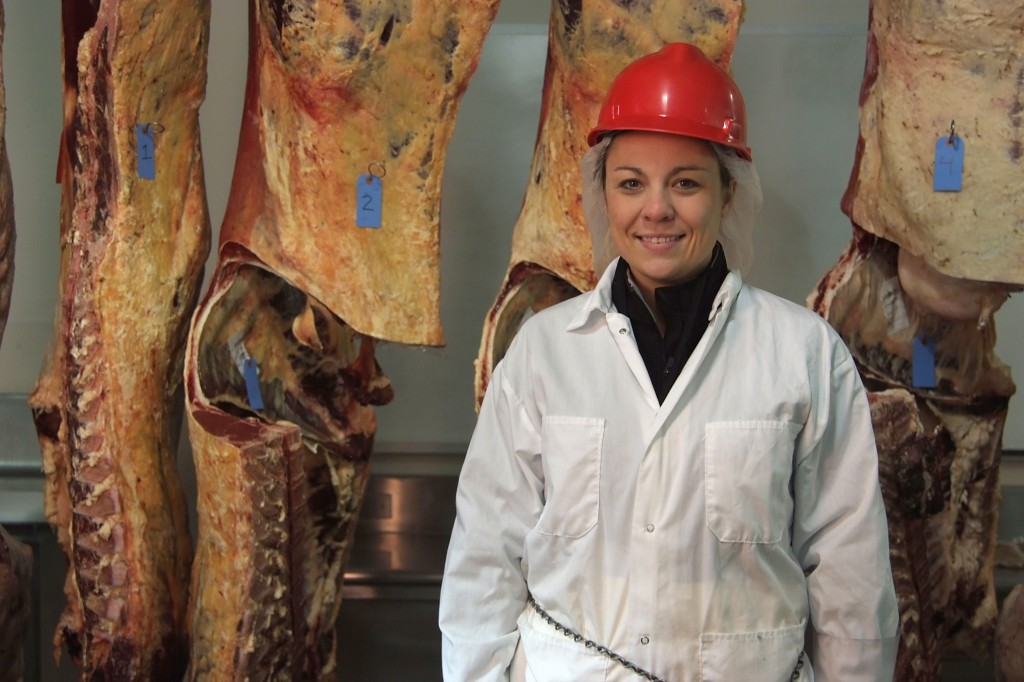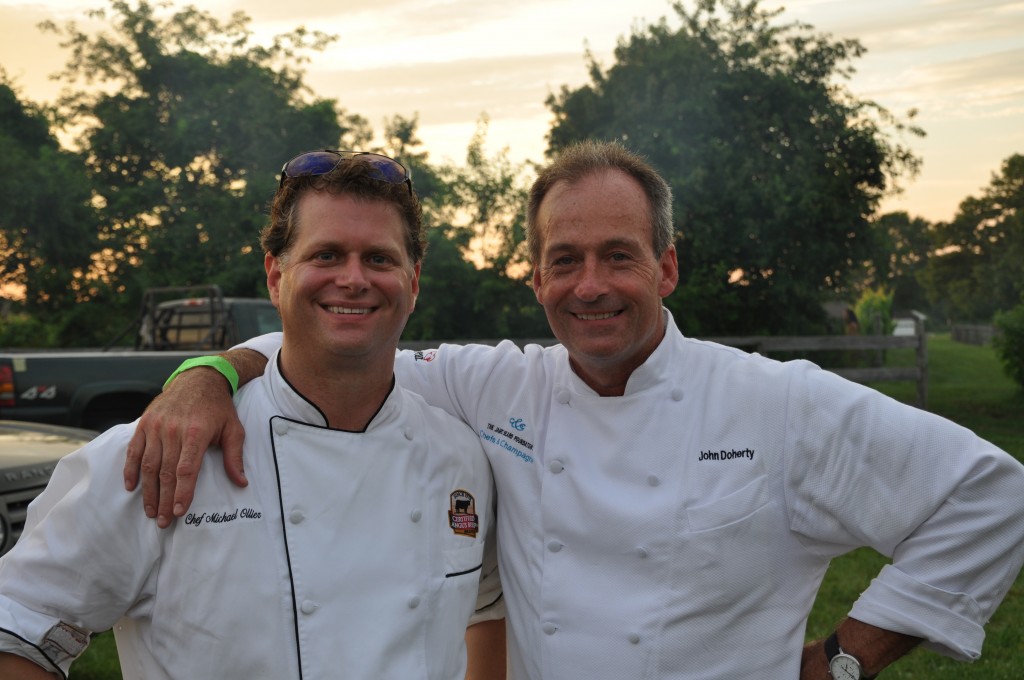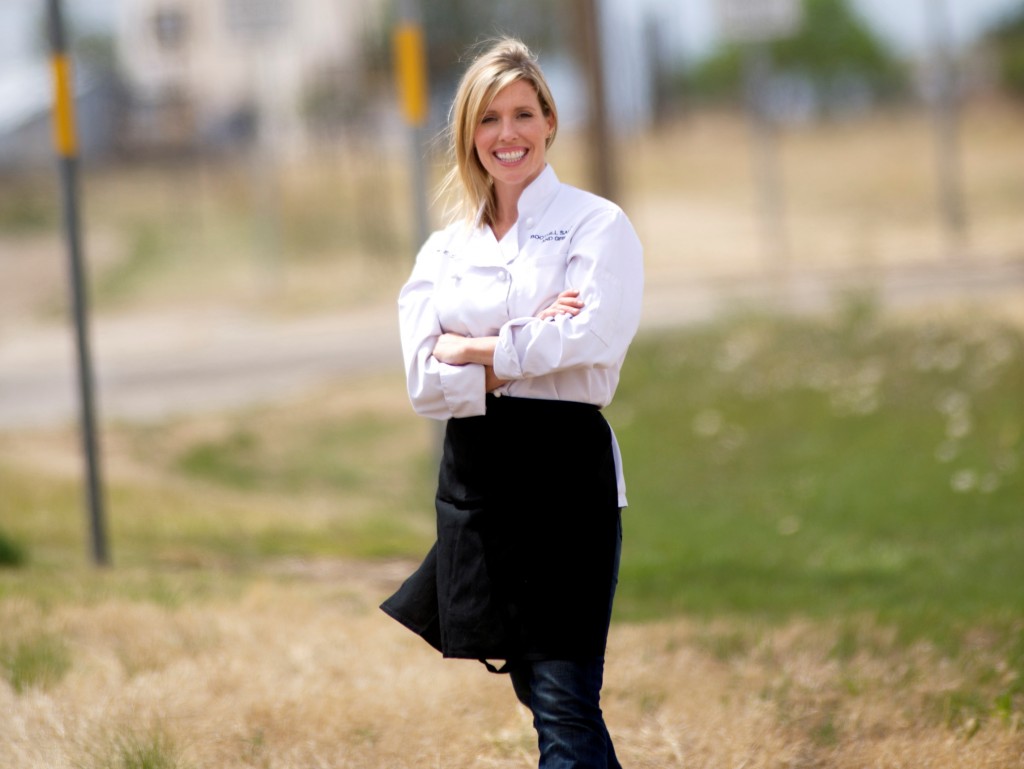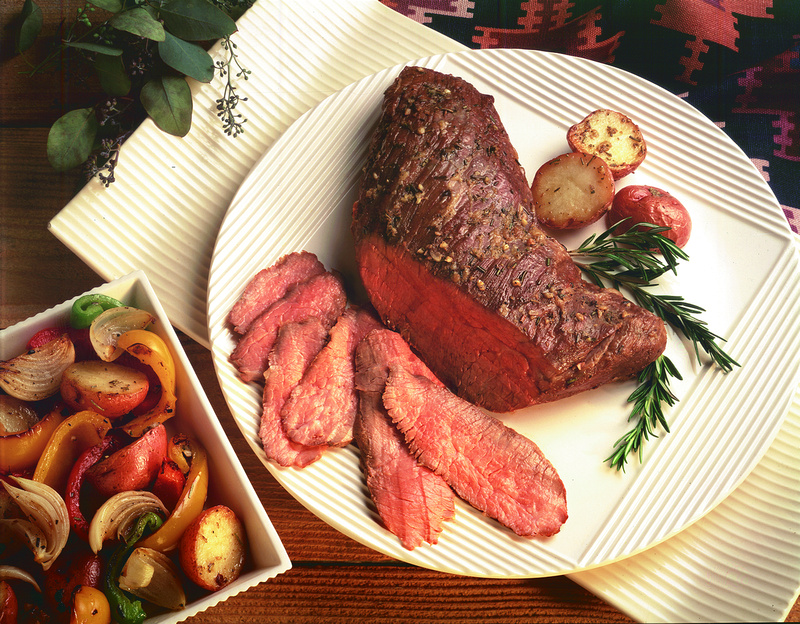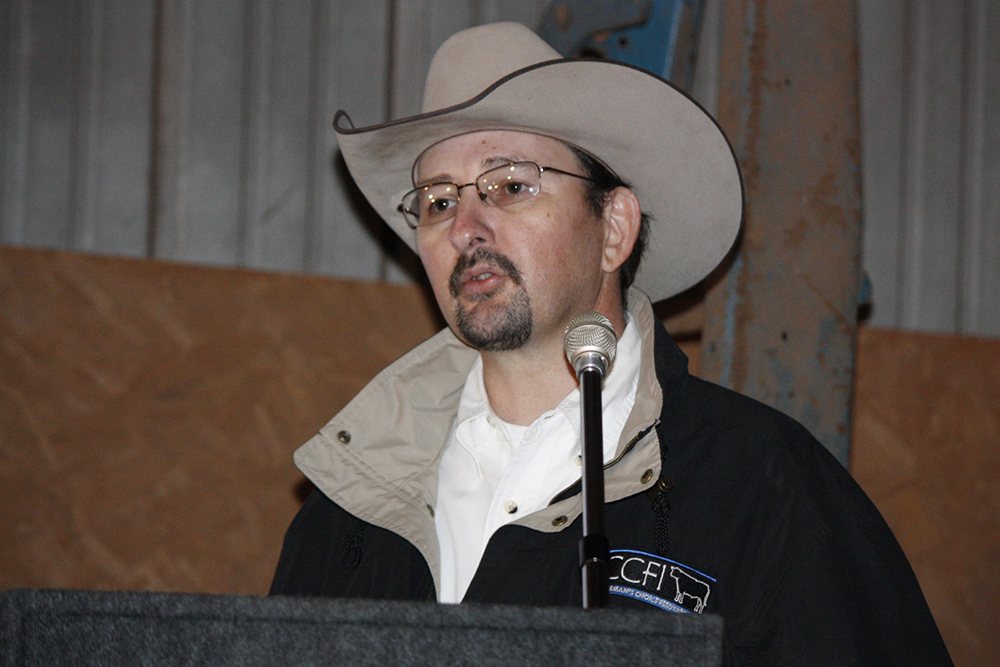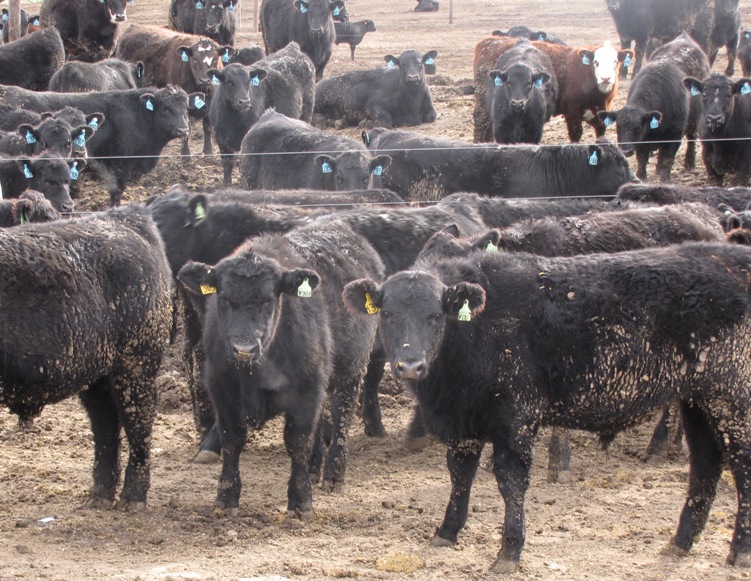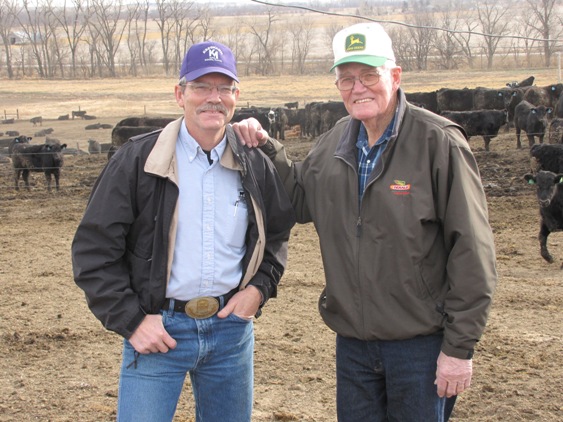“Being part of CAB is like being part of a family, and you just don’t know all of your relatives yet.”
Scott Keeling, Texas cattle feeder and a member of CAB’s Feedlot Licensing Program, recently said that at the end of an interview.
That really makes sense, because we’re constantly working to connect ranchers and feeders like him to “end users” (chefs, retailers, consumers–basically any quality-loving beef-eater).
Here’s Scott with his feedyard co-owner and wife Karen:
Then, I got to thinking that statement could kind of relate to the broader beef industry, too.
As a cattle producer, you’ve got your brothers and sisters (fellow farmers and ranchers) like breeder and feeder Mason Fleenor, of GG Genetics at Ida Grove, Iowa.
Or, Monte Tucker a fourth-generation rancher from Sweetwater, Oklahoma.
Or any of the other 770,000 cow-calf producers and feeders spread across this great country.
Then you have your parental figures, the industry icons who seem to have an answer to about any question you might want to ask.
Like Darrell Busby, the driving force behind Iowa State’s Tri-County Steer Carcass Futurity.
Or Max Deets, longtime Kansas cattle feeder and tireless beef industry leader.
Then there are those aunts and uncles who may live in the city, but they remain connected. Kind of like packers or further processors, food service distributors and retailers.
Like meat exporter Ralph Avila, of Buckhead Beef-Florida.
Or Kelly Hoppman, merchandising specialist for Sysco Columbia.
And then you have your crazy cousins. Many a chef would own up to that title.
Like Chef John Doherty, formerly with the Waldorf Astoria and now independent consultant, who is pictured here with our very own Chef Michael.
Or just down the road from Keeling Cattle Feeders located at Vega, Texas, is Chef Rory Schepisi, of Boot Hill Saloon.
Yes, when I think of the people up and down the beef chain, I start to hear that familiar tune, “We. Are. Fam-i-ly.”
And the best part is that we’re a focused family, with one pretty delicious goal in mind:
Now that’s one family tree I’m proud to be a part of!
May your bottom line be filled with black ink,
Miranda
